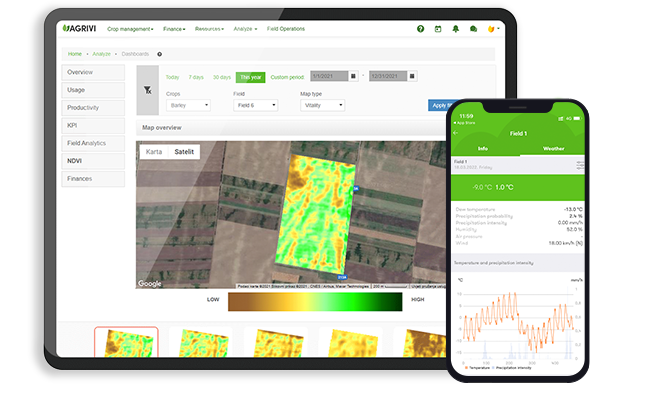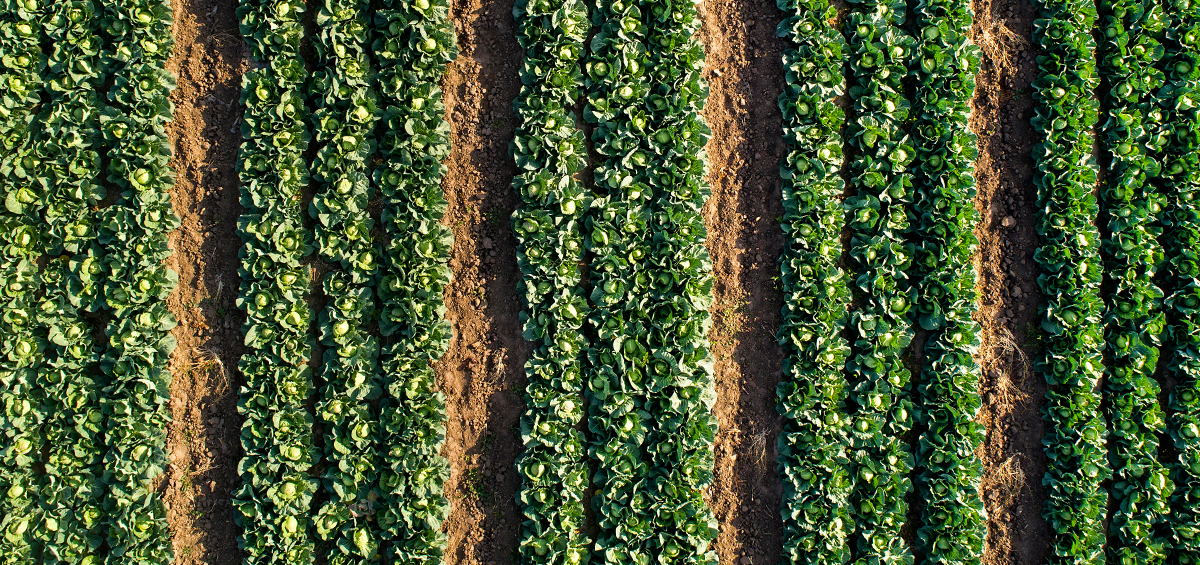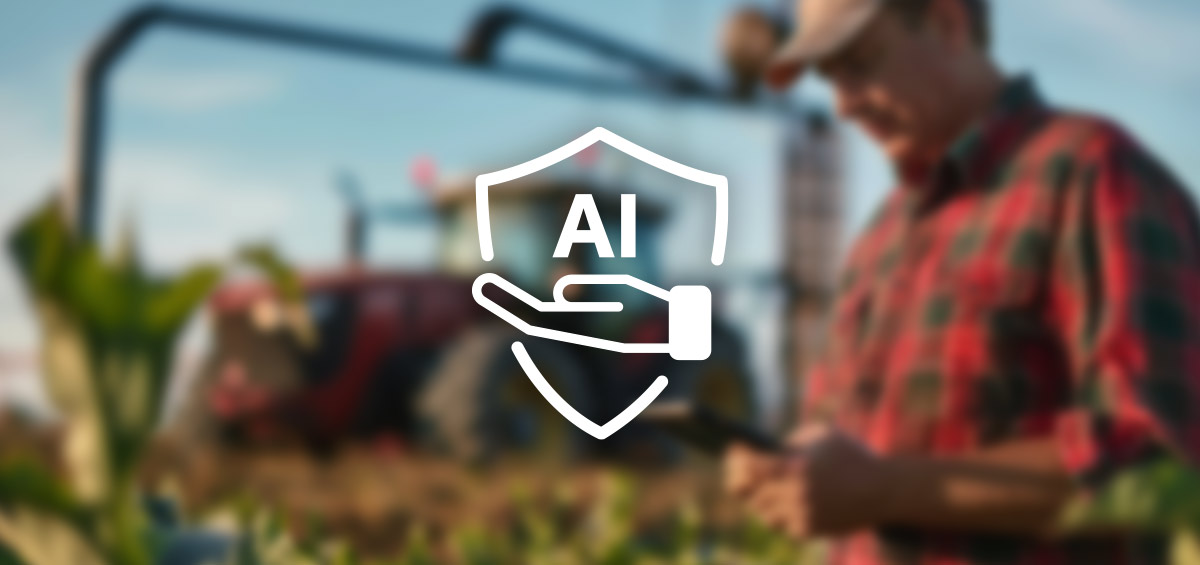“How do I increase crop yields sustainably?” In an era when supply chain disruptions, natural resource scarcity, and a growing world population threaten food security, this question has undoubtedly crossed every farmer’s mind. The answer to this question, however, is far from simple.
The old logic – adding more fertilizers, more pesticides, more inputs – is no longer relevant to the modern farmer, who must balance crop production on the one hand with ecosystem concerns, skyrocketing input prices, and climate change on the other. As seemingly endless challenges arrive at the farmer’s doorstep, many growers are turning to agricultural technologies like remote sensing and real-time data analytics to improve both their bottom-line and environmental footprint.
Table of Contents
Technology and Farming: From Ancient to Modern
What do a moldboard plow, an aqueduct, a corn seed, and a satellite image have in common? They are all forms of agricultural technology.
While some growers may shy away from the idea of AgTech, the truth is that every seed, plow, and farm practice developed since the first Agricultural Revolution nearly 12,000 years ago is a form of “agricultural technology.” Put simply, agriculture technology refers to the application of knowledge to agricultural production systems to improve yield, labor efficiency, farm productivity, and profitability. While food production has come a long way since our Neolithic ancestors domesticated the first crops, the same principles of agronomy apply to ancient and modern farmers alike: Better yields demand better farming systems.
Using AgTech to Increase Farm Yield
Yield forecasting has always been a tricky business, though the seasoned grower is no doubt an expert, understanding that higher yields are a product of multiple agronomic factors:
Optimal soil conditions
Every crop prefers a particular soil pH, water holding capacity, drainage rate, organic matter content, and more. Understanding your soil conditions and specific crop needs is essential to growing healthy, productive crops.
For better yields, many farmers use technologies like tillage and drainage tiles to manipulate soil conditions. However, new strategies like IoT soil sensors can provide real-time insight into soil conditions to drive actionable management insights.
Adequate soil nutrients
Plants need adequate nutrients to not only grow large and produce healthy fruit, but also to maintain a healthy immune system and resist pests and diseases. Moreover, some plants like soybeans access nutrients through microbial symbioses, meaning a healthy ecosystem is a prerequisite for improving nutrient access and driving yields. Whether through fertilizer or tillage strategies, cover crops, or strategic crop rotations, farmers make soil nutrients available to plants in many ways. Of course, every crop has unique fertilizer needs at different growth stages, and over-and under-fertilizing and over-tilling have long been risky.
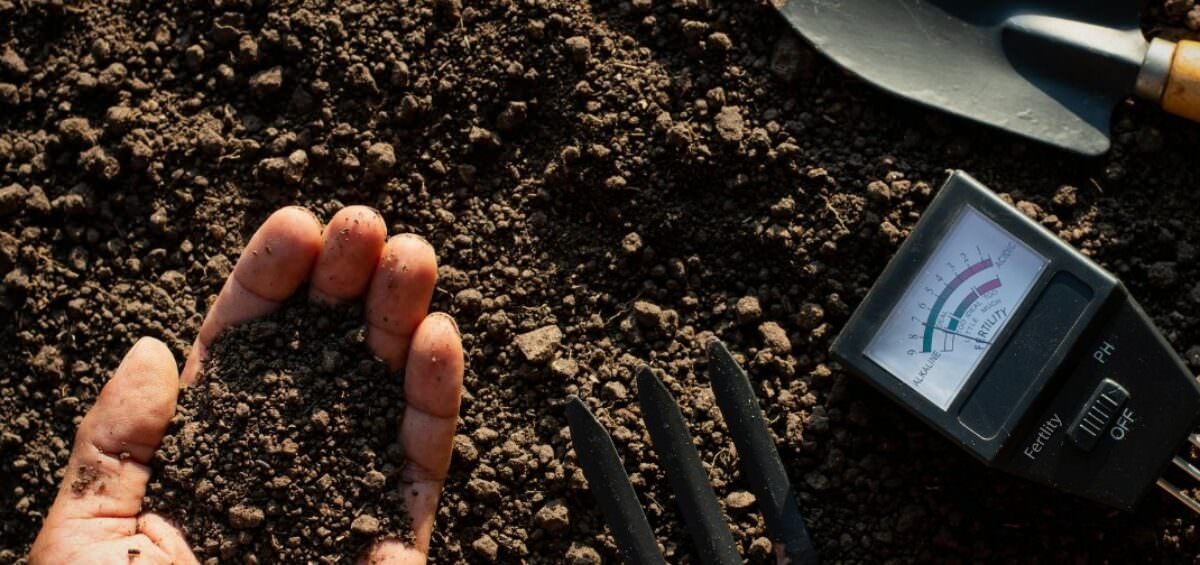
Plants need adequate nutrients to grow large and produce healthy fruit.
Fortunately, farmers can now leverage new farm equipment such as tractors equipped with sensors, prescription mapping technology, and variable rate applicators to precisely distribute nutrients, herbicides, pesticides, and other inputs according to soil and plant needs. Instead of relying on a broad-brush soil test and uniformly applying inputs across a hectare, farmers can now pinpoint soil nutrients meter by meter, applying needed nutrients based on geo-maps generated by their tractor, drones, satellite, or farm management software. This, in turn, minimizes the risk of over and under-fertilizing and improves the sustainability of a farm’s operations.
Plant health
Globally, up to 40% of crop yields are lost every year to pests and disease, according to the United Nation’s Food and Agriculture Organization. Plant health is a product of many environmental and genetic factors, though certain crop protection strategies like pesticides, biocides, predators, and cultural practices like crop rotations and planting dates can reduce pest incidence for better yields.
Furthermore, new technologies such as satellite and drone imaging can offer insight into plant health, generating vegetation indices such as NDVI, EVI, and NDWI — which analyze factors like the chlorophyll and water content of leaves— to produce birds-eye maps of crop health. These images can alert growers to possible issues in their fields, indicating problem areas where crops may not be meeting their growth milestones.
Weather conditions
Farmers of today have more tools than ever to create unique microclimates for plants, with greenhouses, hoop-houses, hydroponic systems, and irrigation systems among many strategies employed by modern growers. New technologies such as in-field sensors monitor a host of weather indices like temperature, sunlight, relative humidity, and soil moisture, which feed into online dashboards that equip farmers with both historical and real-time data.
Plant genetics
Genetics companies and seed companies form a large segment of the agriculture industry, providing superior crops adapted to many different conditions, bred for traits like higher yields, uniformity, and stress resistance. With so much data to manage, some seed companies use digital platforms to manage trials and growers, analyze variety performance, compare field-by-field and farm-by-farm productivity, and monitor real-time changes in crop maturity to ensure timely seed harvests and better yields.
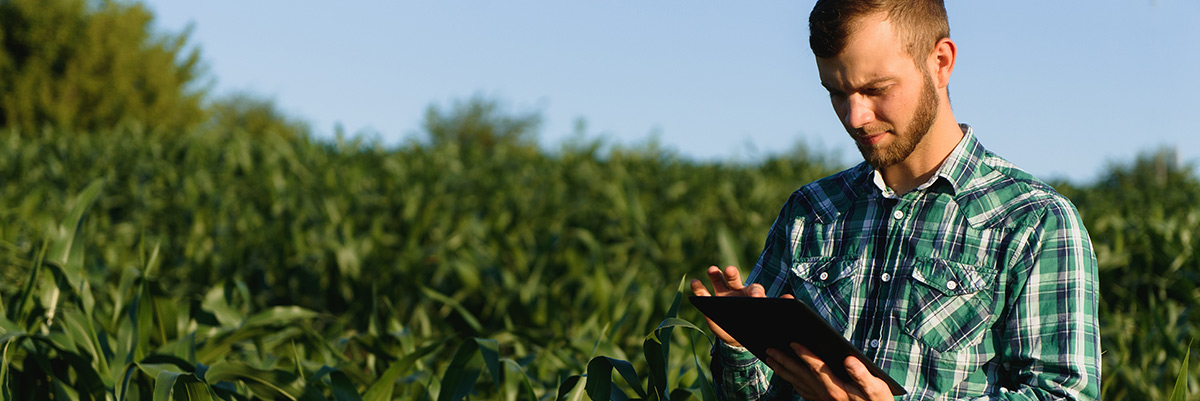
With so much data to manage, some seed companies use digital platforms to manage changes in real-time to ensure timely harvests and better yields.
Agricultural practices
Last but certainly not least, farm management has a profound influence on yields. The ability of farmers to steward their soil, adapt to challenges and adopt new agricultural practices all determine a farmer’s success. Digital agronomic advisory platforms provided by startups like AGRIVI help agronomists disseminate best practices to operators, apprising them of regional pest, disease, and weather issues and solutions.
AgTech and Precision Agriculture
As demand for food rises and the availability of arable land dwindles, the importance of new agricultural technologies that increase crop yields while decreasing environmental footprint has never been greater. While tech companies have not quite perfected harvesting or pruning robots, a number of precision agriculture technologies are transforming the agriculture industry as we speak. From large-scale farms across Europe, Asia, and the US to smallholders in developing countries, from input suppliers to food processors, from vineyards to commodity growers, precision technologies can be adapted and scaled to help farmers and operators of all stripes minimize waste and cut costs.
Precision Agriculture and How It Increases Crop Yields
Precision agriculture optimizes farm systems by tackling variability across fields, soils, and crops. Precision technologies include GPS guidance systems to improve a tractor’s steering; variable rate technology and automatic section control to apply pesticides, fertilizers, herbicides, seeds, and other inputs only as needed; in-field and remote sensors that assess plant health and crop needs; yield mapping tools and more. Using sensors to generate unique “management zones” across their fields, farmers can pinpoint what the soil or a plant needs, when and where it needs it, thereby maximizing the impact of their inputs.
Innumerable case studies demonstrate the profound impact of precision agriculture and digital solutions on-farm productivity. For example, early adopters of these new technologies report that input cost savings and yield increases have helped them recoup the initial costs of the technology— and then some. Other reports suggest that across the US, the rise of precision ag has led to yield increases of 6% for corn and soy, fertilizer placement improvements of 7%, and herbicide reductions of 9%, with room for improvement as more and more farmers, adopt the technology.
Precision technologies can be integrated with farm management software to centralize data collection and analysis, helping farmers save time and generate actionable insights with the click of a button. Platforms like AGRIVI combine season planning and data collection with satellite imagery and prescription mapping, with open API allowing for integration with just about any sensor, device, or precision technology. A mobile application with offline mode helps farmers overcome one of the largest barriers to ag tech adoption — connectivity — by allowing data collection anywhere, regardless of service.
